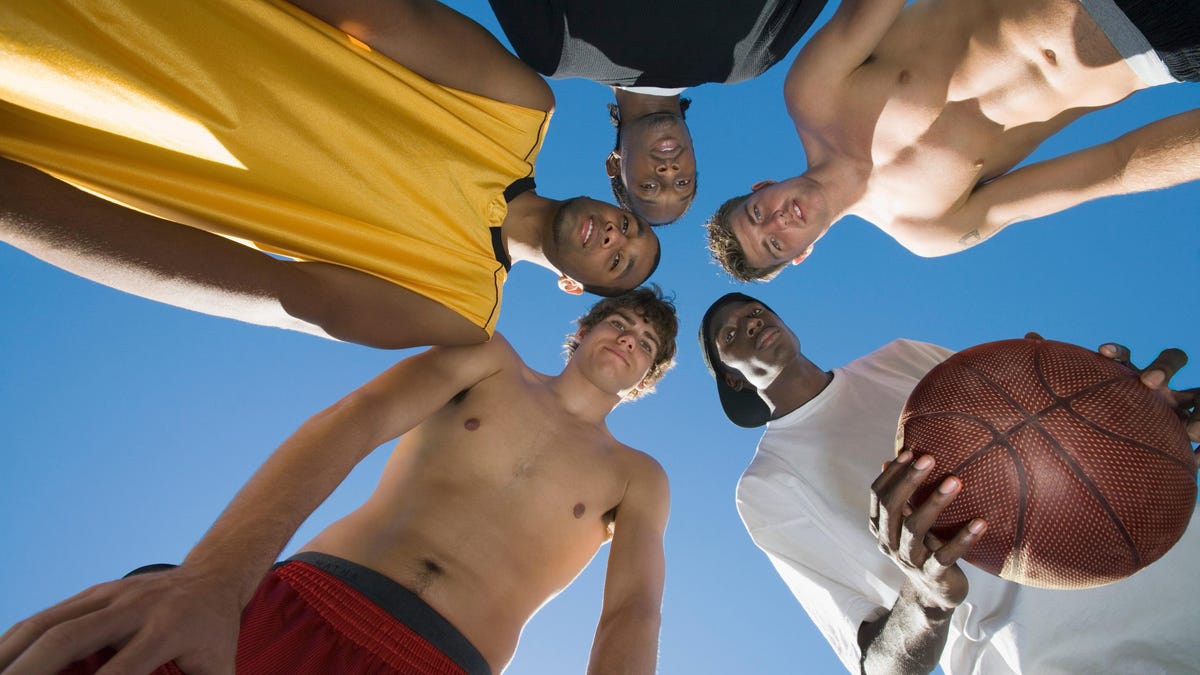

Since spectators have returned to high school sporting events, hate speech and verbal abuse from fans has become more noticeable, if not more common. It’s almost as if the decline in social interactions reset fans to their baser instincts, and they forgot how to at least act civilized. Across the country, fans have grown more emboldened to say and do what they want to minority athletes. Whatever the sociological reasons may be, it’s past due time for high school sports federations to crack down on verbally abusive fan behavior.
This month, the Minnesota State High School League, which oversees the state’s high school programs, took tepid steps to address abusive fan behavior. In early February, athletes of color from Cooper High School and St. Louis Park High School were reportedly the targets of racist taunts from New Prague supporters and players.
On Feb. 15, at a boys hockey game between New Prague and St. Louis Park, New Prague players allegedly targeted a St. Louis Park player with racist language. In response, both schools have announced they will no longer compete against New Prague. In Minnesota, the Prior Lake High School girls basketball coaching staff announced they were forfeiting the rest of their season after a sophomore JV player found a racist note in her bag. Prior Lake’s coach, Desmondi Johnson, also announced his resignation.
These incidents are indicative of an unaddressed plague across high school sports. In homogenized communities throughout the country, high school sporting events against visiting teams from diverse communities inspire fans to express their bigotry. In Montgomery County, Md., officials moved games to the afternoon after members of a girls soccer team from a more diverse school accused Sherwood High School fans of making racist remarks during multiple games.
However, the consequences so far have been asymmetrical. The coaches at New Prague retained their jobs, as did the coaches at Sherwood High School. These halfhearted efforts send the wrong message. The aggressors and their alleged enablers got off easy, while their victims suffered the consequences.
Fans have always been disruptive and loud. That’s part of their function, but the line between good-natured taunting and abuse has been crossed, without consequence, for too long — and as the window of acceptable behavior shifted, fans haven’t been able to keep up. That’s especially true in the wake of the Trump administration, which made ratcheting up xenophobia, racism, and sexual harassment its policy platform.
Perhaps we were inured to the abusiveness of certain fan behaviors? In any case, the pandemic and the shock of spectators returning after a year of silent fan sections have shocked the system. Billion-dollar pro sports franchises now have the technological resources to permanently ban fans who engage in abusive behavior. As players have had enough, arenas have increasingly begun using those means to identify and kick out barbaric fans. However, high schools don’t have the means.
But the problem is more difficult at the high school level, where abusive fans must learn that their actions have consequences. Last summer, the California Interscholastic Federation stripped Coronado High School of its regional championship after players and fans pelted players from Orange Glen, a predominantly Latino high school, with tortillas. Like the one delivered to Coronado High School, suspensions and forfeitures are the types of severe bans high school sports’ governing bodies should implement more often to send a message. We know because these days everyone has a camera and their brazen behavior was captured on video.
No team, particularly not at the high school level, can’t realistically be held responsible for every individual who supports them. However, everyone has a camera these days. If interscholastic leagues began handing out forfeits for teams that tacitly encourage these coordinated fan behaviors, it would incentivize fans to cool the bigotry or face the consequences.
As conservatives barrage school boards to make schools and school libraries safe spaces for white students, interscholastic athletics can make institutional changes to quell racist fan behavior at sporting events. In many counties, those kooks utilize public pressure to get their way. It’s time for more high school athletics to address deplorable fans with the same zeal that bigots and science deniers bring to bear when railing against mask mandates and the teaching of America’s racist history in schools.